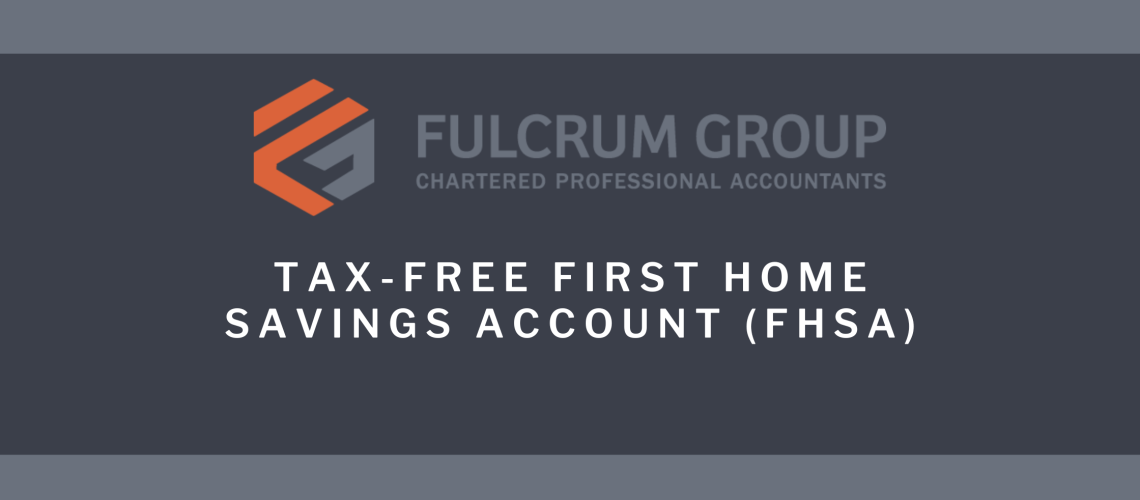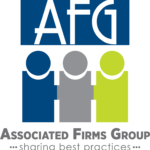By Samantha Sandy
The government introduced a new Tax-Free First Home Savings Account (FHSA) effective April 1, 2023, that allows you to save up to $8,000 tax-free annually towards the purchase of your first home with a lifetime contribution limit of $40,000. Contributions made to an FHSA may be deducted on your personal tax return similar to RRSPs. Although the federal government has made this announcement effective April 1st, most banks have announced that the accounts will not be available to open until the summer of 2023 as they work through the complexities surrounding these accounts and the reporting guidelines of government agencies.
Who is eligible for an FHSA
To be a qualifying individual, you must meet all of the following requirements:
- 18 years of age or older
- A resident of Canada
- A first-time home buyer
For purposes of opening an FHSA, you are considered to be a first-time home buyer if, at any time in the calendar year before the account is opened or at any time in the preceding four calendar years, you did not live in a qualifying home as your principal place of residence that either you owned or jointly owned or your spouse or common-law partner (at the time the account is opened) owned or jointly owned.
How to Open an FHSA
FHSA’s can only be opened through issuers such as banks, credit unions, or trusts, or insurance companies. You can have more than one FHSA at a time, but you must ensure that the total contributions for the calendar year do not exceed your maximum contribution room.
To open an FHSA, simply contact your issuer. Please ensure you have the following information so the can register your FHSA:
- Your social insurance number
- Your date of birth
- Any supporting documents your issuer may need to ensure you are a qualifying individual for this account.
If incorrect information is provided, and you are deemed to not be eligible for the FHSA, it may be revoked from the date the account was opened, and the following will apply:
- Contributions would not be tax-free and any deduction claimed for them would be disallowed in the years it was claimed
- Amounts that were transferred from RRSPs would be treated as a withdrawal and reported as income in the year it was transferred.
- Income earned within the FHSA would not be tax-free and must be reported in the years it was earned.
Annual Maximum Contribution Limits and Tax Deductions
FHSAs have an annual contribution limit of $8,000, with a maximum lifetime contribution limit of $40,000. Any and all contributions to the account will reduce contribution room. This includes transfers from RRSPs. If you do not contribute the full $8,000, the remaining contribution room will be carried forward to the next year. This amount will not continue past one year though. For example, if you opened the account in 2023, but did not make contributions until 2028, your amount for 2028 would only be the unused amount from 2027 and 2028, making your total contribution room for 2028 $16,000.
Unlike RRSPs, there is no ability for tax planning in the first 60 days of the year. Contributions are only deductible in the calendar year in which they are made.
You are not permitted to participate directly in your spouse’s or common-law partner’s FHSA. If the FHSA is in their name, you cannot transfer your RRSPs or claim the FHSA tax deductions that correspond with their account.
Overcontributions to FHSAs
If you contribute too more than the maximum amount, tax will be assessed on the excess amount at a rate of 1% per month on the highest excess FHSA amount that month. This will continue until the excess amount is eliminated by withdrawing it or sufficient additional room being available at the beginning of the next calendar year.
If the excess amount is still in the account as of January 1st of the following year, your contribution room for that year will be reduced by the excess amount. For example, if you over contribute by $2,000, your contribution room for the following year will be $6,000 ($8,000-$2,000).
If you would like to remove the excess amount immediately, you may:
- Make a withdrawal
- Make a direct transfer from your FHSAs to your RRSPs or RRIFs (if you have sufficient contribution room there)
Please discuss with your issuer to find what is best for your situation.
Making qualifying withdrawals from your FHSAs
If you meet the qualifying withdrawal conditions, you can withdraw all of the funds from your FHSAs tax-free. You can do this either in a single withdrawal or a series of withdrawals.
For a withdrawal to qualify, it must meet all of the following conditions:
- Form RC725: Request to Make a Qualifying Withdrawal from your FHSA must be completed and given to your FHSA issuer.
- You must have a written agreement to buy or build a qualifying home with the acquisition or construction completion date of the qualifying home before October 1 of the year following the date of the withdrawal
- You must not have acquired the qualifying home more than 30 days before making the withdrawal
- You must be a resident of Canada from the time that you make your first qualifying withdrawal from one of your FHSAs until the earlier of the acquisition of the qualifying home or the date of your death
- You must occupy or intend to occupy the qualifying home as your principal place of residence for at least one year after buying or building it
When to close an FHSA
There is a maximum participation period that starts when you open your first FHSA and ends December 31 of the year in which the earliest occurs:
- The 15th anniversary of opening your first FHSA
- You turn 71 years old
- The year following your first qualifying withdrawal
In order to avoid any issues, ensure your account is closed before the applicable period ends.
For more details, please see https://www.canada.ca/en/revenue-agency/services/tax/individuals/topics/first-home-savings-account.html
Sources



